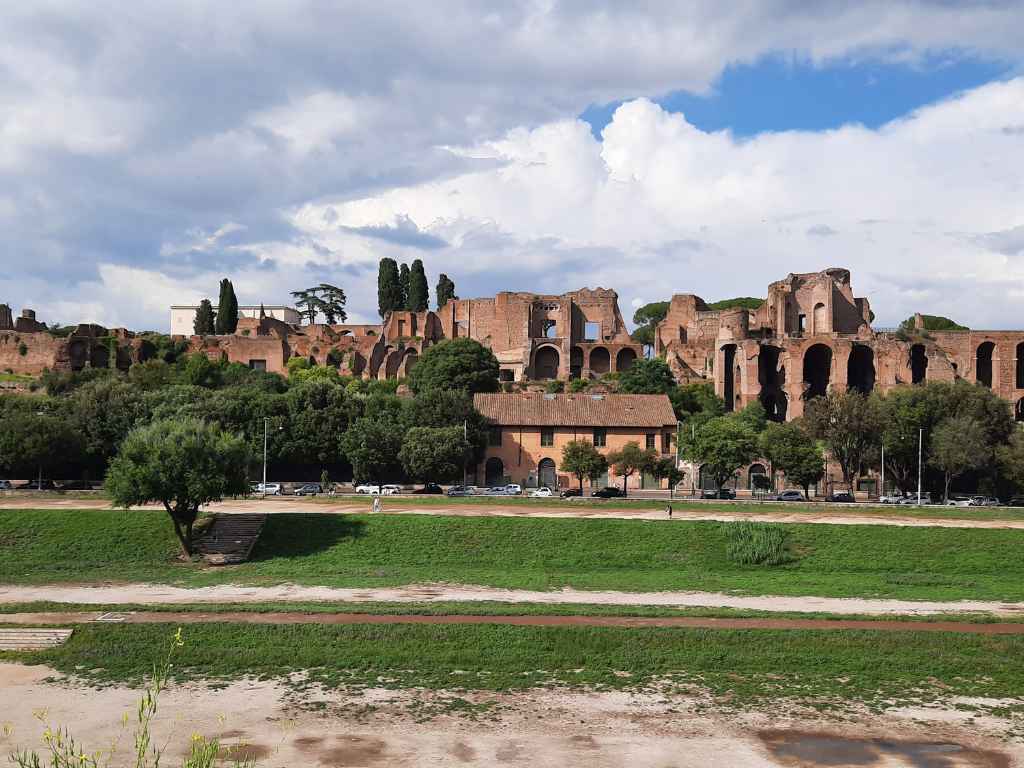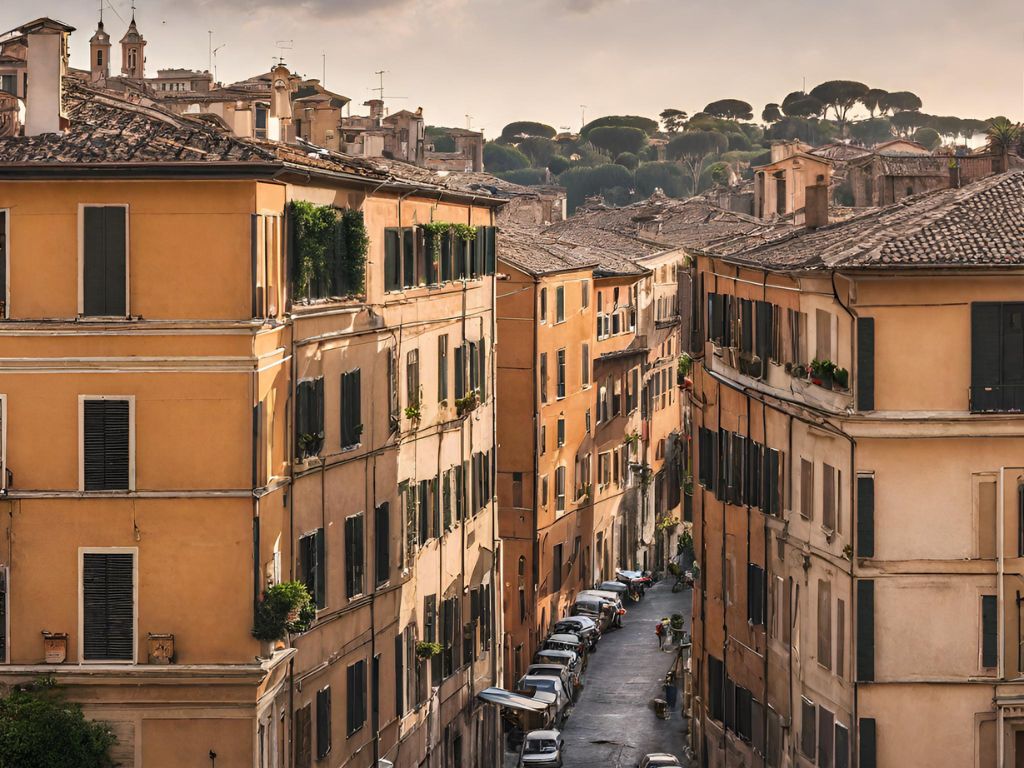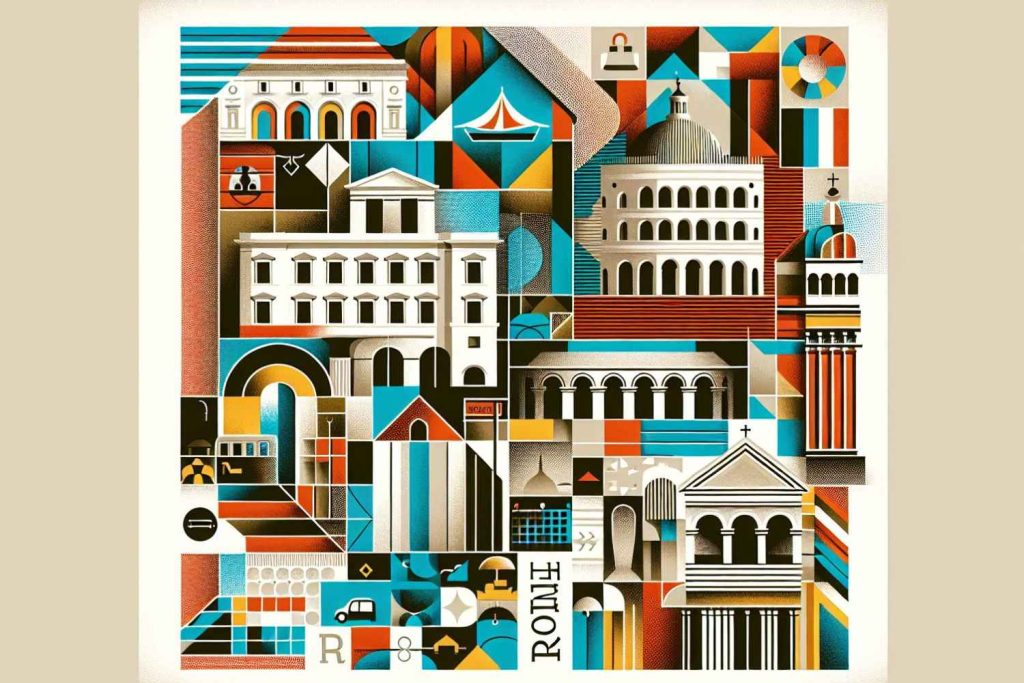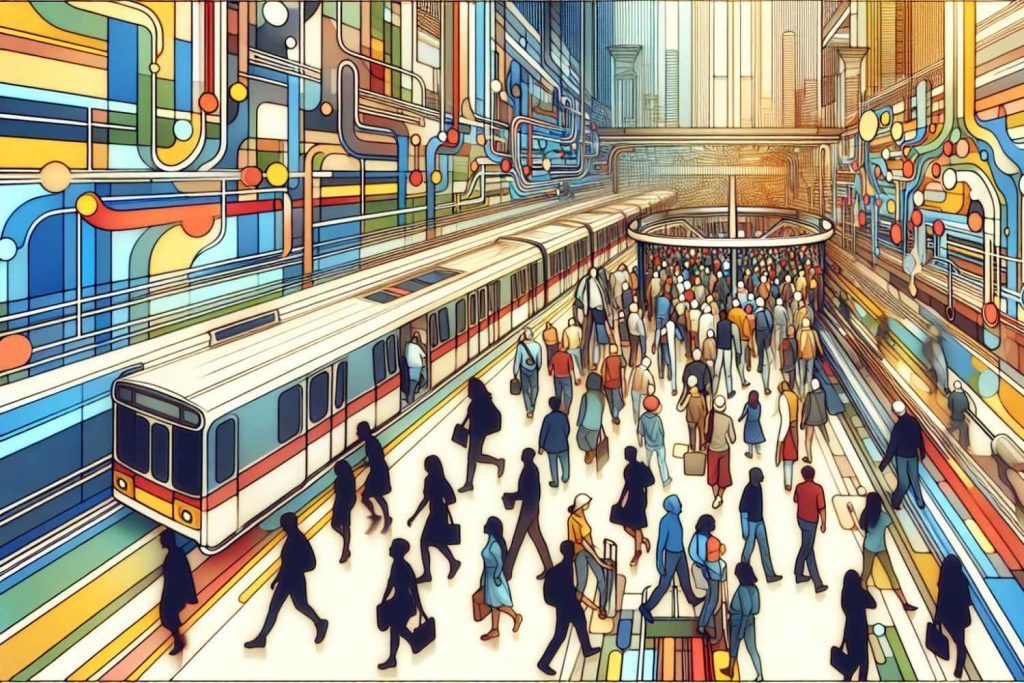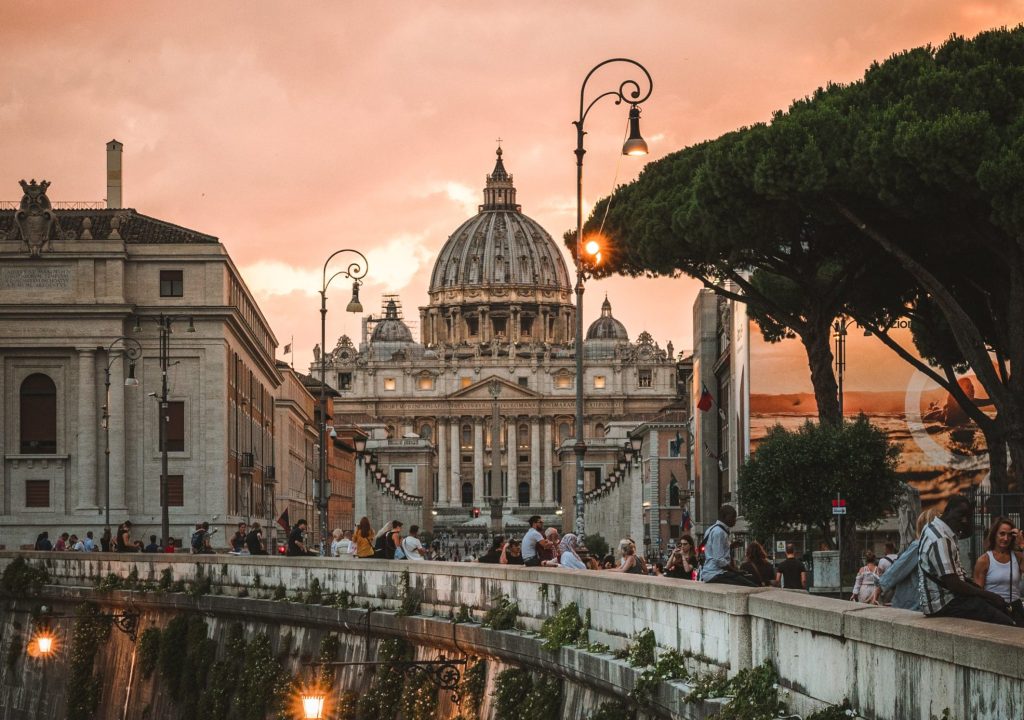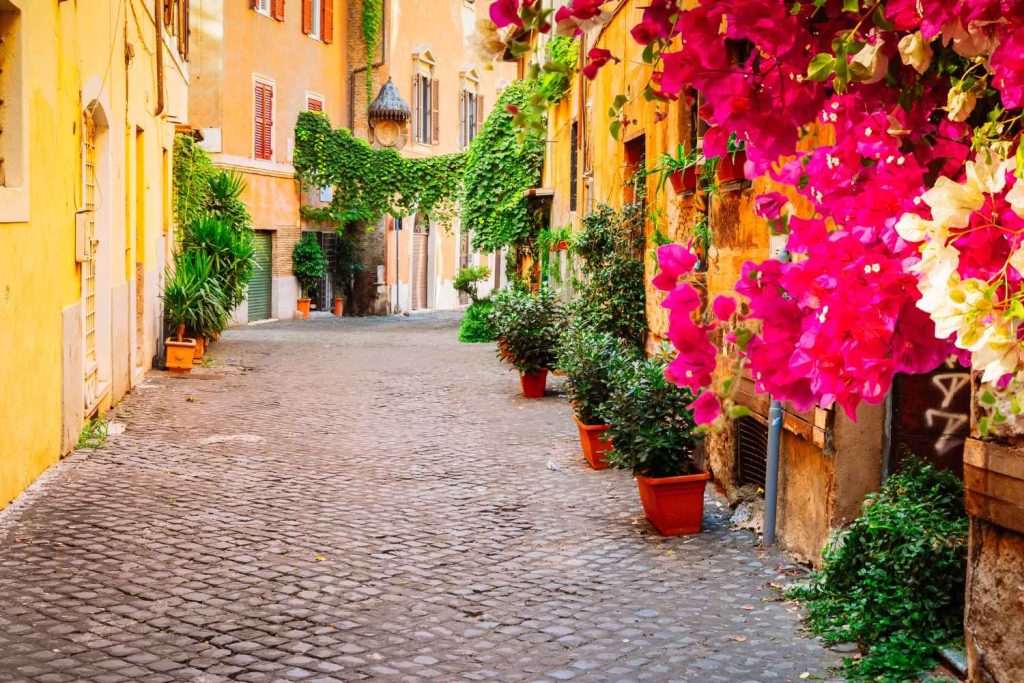Uncover the ancient legacy of Circus Maximus Rome, Rome’s largest stadium and heart of entertainment. Walk amidst its imposing ruins and witness history come alive.
Nestled in the heart of the eternal city of Rome, Circus Maximus stands as a silent yet majestic testament to the ancient world’s grandeur and excess. This immense oval-shaped stadium, once a hub of exhilarating chariot races and extravagant spectacles, now serves as a sprawling park, where the city’s residents and tourists alike come to stroll, contemplate, and immerse themselves in the rich history that clings to every stone. Join us on an immersive journey through the annals of time as we explore the history, architecture, and ambiance of Circus Maximus.
An informative video about the history of Circus Maximus
History Unearthed
The origins of Circus Maximus are believed to date back to the 6th century BC when the Etruscans first constructed a racecourse in the area. However, it was under the Roman Empire that this venue was truly transformed into the monumental structure we know today. Standing as the largest chariot racing stadium in ancient Rome, Circus Maximus could host an astonishing quarter of a million spectators.
Chariot races, known as “ludi circenses,” were a focal point of Roman entertainment, attracting not just the elite but also the common citizens. The races took place amidst a backdrop of grand temples, luxurious palaces, and an opulent imperial palace, creating a mesmerising spectacle. The people’s obsession with these events culminated in what were often death-defying and thrilling races, marking Circus Maximus as the heart of Rome’s vibrant cultural life.
From Julius Caesar to Emperor Constantine, Circus Maximus bore witness to countless political events and spectacles. It was at this very site that Julius Caesar’s assassination occurred in 44 BC, and it was the venue for countless triumphal parades and ceremonies. In the 4th century AD, Emperor Constantine converted to Christianity and repurposed Circus Maximus as a place of worship, marking a significant shift in its history.
A Glorious Past
One cannot step into Circus Maximus without feeling the echoes of its magnificent past. The stadium’s structure, though partially in ruins, provides ample opportunity to envision the grandeur of ancient chariot races. The elongated oval shape, a remarkable 621 metres in length and 118 metres in width, seems to stretch endlessly, accentuating the sense of scale and spectacle.
The seating area, known as the cavea, once accommodated a staggering 250,000 spectators, who came to witness chariot races and various other entertainments. The towering tiers, composed of marble and concrete, rose like a colossus, offering unparalleled views of the arena below. The front rows, reserved for the elite, provided luxurious accommodations, while the common folk sat high in the upper galleries, forming a veritable sea of onlookers.
The central arena, known as the spina, was adorned with grand obelisks, statues, and turning posts, around which charioteers raced at breakneck speeds. The spine’s focal point was the Egyptian obelisk, which now stands proudly in Piazza del Popolo. This relic was transported from Egypt to Rome, a testament to the Romans’ penchant for grandeur and extravagance.
The Historic Races
Chariot racing, the heart of Circus Maximus, was an adrenaline-pumping experience that brought people from all walks of life together. Four teams, the Reds, Whites, Greens, and Blues, competed in spectacular races that often involved high stakes and intense rivalries.
The charioteers, often slaves or freedmen, became celebrities in their own right, amassing fanatical followings. The races themselves were a high-risk endeavour, with drivers navigating narrow turns and maintaining breakneck speeds. The crashes and thrills kept the crowd on the edge of their seats, much like today’s modern motorsports.
Of the four teams, the Greens and Blues were the most famous, with fans often sporting team colours and passionately supporting their favourites. The circus would resonate with the sounds of cheers, jeers, and thundering hooves as charioteers jockeyed for supremacy. The races were also used by emperors and politicians to gain favour with the masses and consolidate their power.
Enduring Legacy
Today, Circus Maximus, albeit in a state of partial decay, continues to stand as an evocative monument to the Romans’ unbridled passion for spectacle and entertainment. The site’s transformation over the centuries from a bustling racecourse to a place of religious significance and, finally, to a tranquil public park is a testament to Rome’s enduring legacy.
The surrounding area now serves as a serene urban park, offering visitors the opportunity to experience both history and nature in one location. The site is a popular destination for picnics, strolls, and jogging, as Romans and tourists take advantage of the open space amidst the hustle and bustle of modern life.
Imposing Ruins
As you wander through the ruins of Circus Maximus, the past becomes tangible. You can trace the outline of the stadium’s ancient walls and imagine the thundering of chariots as they raced past. The ruins of the central spina, where obelisks once stood, and the turning posts hint at the grandeur of the ancient games.
Walking along the pathways, you can see the remnants of the triumphal arch of Emperor Septimius Severus and the temple dedicated to the god Sol Invictus, both reminders of the site’s transformation from a place of entertainment to a site of religious significance. The towering Palatine Hill and the remnants of the imperial palace loom in the background, serving as a stark contrast to the simplicity of the modern park.
Panoramic Views
Climbing the Palatine Hill or one of the park’s higher points provides breathtaking panoramic views of Circus Maximus and the city beyond. It’s the perfect vantage point to appreciate the stadium’s scale and understand its integration into the Roman landscape. From here, you can see the ancient structure set against the backdrop of the modern city, a reminder that Rome’s past and present are inextricably linked.
Local Experience
One of the most enchanting aspects of Circus Maximus is the opportunity to observe the local Roman culture. On sunny afternoons, you’ll find Romans from all walks of life enjoying a leisurely day in the park. Families picnic on the grass, couples take romantic strolls, and fitness enthusiasts jog along the pathways.
The vibrant street food scene that surrounds Circus Maximus adds a culinary dimension to the experience. You can savour delicious Roman classics like pizza, gelato, and supplì (deep-fried rice balls) from the local vendors. Enjoying a meal amidst the historical remnants while watching the world pass by is an authentic Roman experience that cannot be replicated anywhere else.
Events and Festivals
Circus Maximus has also become a hub for cultural events and festivals. The site occasionally hosts concerts, open-air movie screenings, and historical reenactments. These events breathe life into the ancient stones, connecting the past and the present in a way that’s truly magical.
The Circus Maximus area also plays a prominent role in Rome’s annual calendar, particularly during the city’s birthday celebration on April 21st. During this time, the site becomes the epicentre of a grand parade and festivities, reminiscent of the ancient ludi circenses.
Circus Maximus in Rome is not just a relic of the past; it’s a living testament to the enduring spirit of the city. As you walk through this historic site, you’ll feel the echoes of the past reverberate through time, connecting you to the Romans who revealed in the thrilling chariot races and the emperors who sought to entertain and manipulate the masses. The transformation of Circus Maximus from a grand entertainment venue to a serene urban park mirrors the evolution of Rome itself.
Visiting Circus Maximus provides a unique opportunity to immerse yourself in history while also experiencing the vibrant culture of modern Rome. The juxtaposition of the ancient ruins against the backdrop of a bustling city is a reminder that Rome’s past is an integral part of its present. It’s a place where you can reflect on the passage of time, the enduring legacy of a great civilization, and the timelessness of human passions and aspirations. So, when you visit Rome, make sure to wander through Circus Maximus, where history, culture, and nature converge to create an unforgettable experience.
More articles you might like...
You can find more great Rome content in the following categories;
All about Vatican City Commonly Asked Rome Questions Rome Accommodation Rome Food and Drink Rome History and Culture Rome Neighbourhoods Rome Tours and Must-See Attractions Rome's Top Tours
